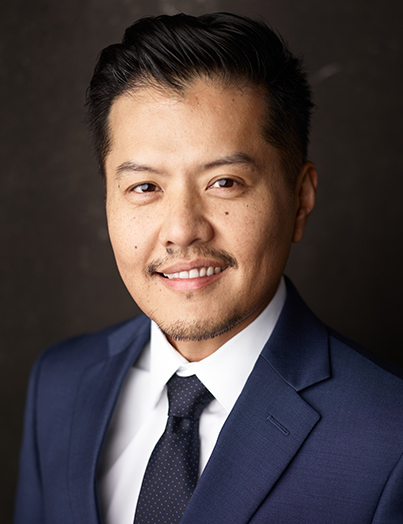2024 EEOC Guidance on Workplace Harassment

On April 29, 2024, the EEOC published updated guidance on workplace harassment, outlining key updates and examples to help employers understand what constitutes unlawful harassment.
This guidance tackles harassment in virtual or hybrid work settings, as well as harassment based on race, color, religion, sex (including pregnancy and related conditions, sexual orientation, and gender identity), national origin, disability, age (40 or older), or genetic information.
Key Updates in the EEOC’s 2024 Guidance
The new guidance is a result of a seven-year effort and replaces older guidance from the 1980s and 1990s. It updates the EEOC’s stance on what behaviors are considered harassment and explains employer liability in such cases. Important updates include:
- Sex-based harassment now explicitly includes gender identity, gender expression, and sexual orientation, in line with the Supreme Court’s decision in Bostock v. Clayton County.
- Color-based harassment is now independently covered under Title VII, even when related to race or national origin.
- Pregnancy-related harassment includes issues such as breastfeeding, contraception choices, and decisions about abortion, as long as the harassment is related to the individual’s sex.
- Clarified interpretation of harassment under the Genetic Information Nondiscrimination Act (GINA), covering harassment based on genetic test results or family medical history.
Determining What Constitutes Unlawful Harassment
The EEOC clarified three key elements that must be met for harassment to be considered unlawful under federal EEO laws:
- Covered Bases and Causation: Is the harassing conduct based on the individual’s legally protected characteristic?
- Discrimination with Respect to Employment: Did the harassing conduct result in discrimination with respect to a term, condition, or privilege of employment?
- Liability: Can the employer be held liable for the conduct?
Examples of Workplace Harassment
Behaviors that may qualify as workplace harassment if sufficiently severe or pervasive include:
- Slurs based on sex or race.
- Differing treatment based on skin tone.
- Displaying offensive material.
- Threatening or intimidating someone because of their religious beliefs.
- Religious coercion.
- Comments based on stereotypes of older workers.
- Asking intrusive questions about a person’s sexual orientation or identity.
- Threatening someone’s job for refusing sexual advances.
- Making vulgar comments about a lactating mother.
- Suggesting reasonable accommodations are “unfair” or “special treatment”.
If you believe you’ve been subject to workplace harassment, contact us today. At TONG LAW, our Oakland employment law attorneys are ready to help you enforce your rights.



